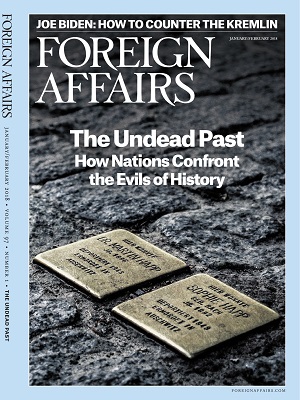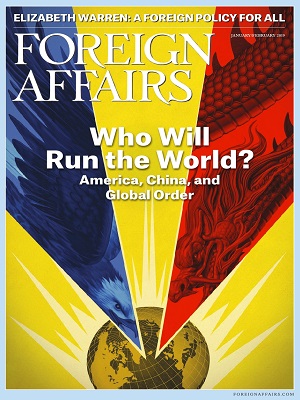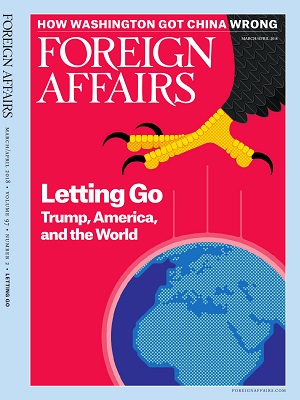The Economist was established in 1843 by James Wilson, a hatmaker from the small Scottish town of Hawick, to campaign against the protectionist Corn Laws. The tariffs were repealed in 1846 but the newspaper lived on as “a political, literary, and general newspaper”, never abandoning its belief in free trade, internationalism and minimum interference by government, especially in the affairs of the market. (It did, however, abandon the Oxford comma.)
The Corn Laws, which by taxing and restricting imports of grain made bread expensive and starvation common, were bad for Britain. Free trade, in Wilson’s view, was good for everyone. Wilson believed “that reason is given to us to sit in judgment over the dictates of our feelings.” Reason convinced him in particular that Adam Smith was right, and that through its invisible hand the market benefited profit-seeking individuals and society alike. Wilson was himself a manufacturer and wanted especially to influence “men of business”. Accordingly, he insisted that all the arguments and propositions put forward in his paper should be based on fact and rigour. That was why he called it The Economist.
Though Wilson founded The Economist, the newspaper’s greatest editor was his son-in-law, Walter Bagehot (pronounced BAJ-ut), who was the paper’s third editor, from 1861 to 1877. He broadened the range of the paper into politics; he was also responsible for greatly strengthening the interest in America that The Economist has always shown. The paper’s influence grew under his editorship. One British foreign secretary, Lord Granville, said that whenever he felt uncertain, he liked to wait and see what the next issue of The Economist had to say. A later admirer of Bagehot’s was Woodrow Wilson, president of the United States from 1913 to 1921.
[button url=”http://thecsspoint.com/link/1382″ class=”” bg=”” hover_bg=”” size=”0px” color=”” radius=”0px” width=”0px” height=”0px” target=”_blank”] Download Link 1 [/button]

























